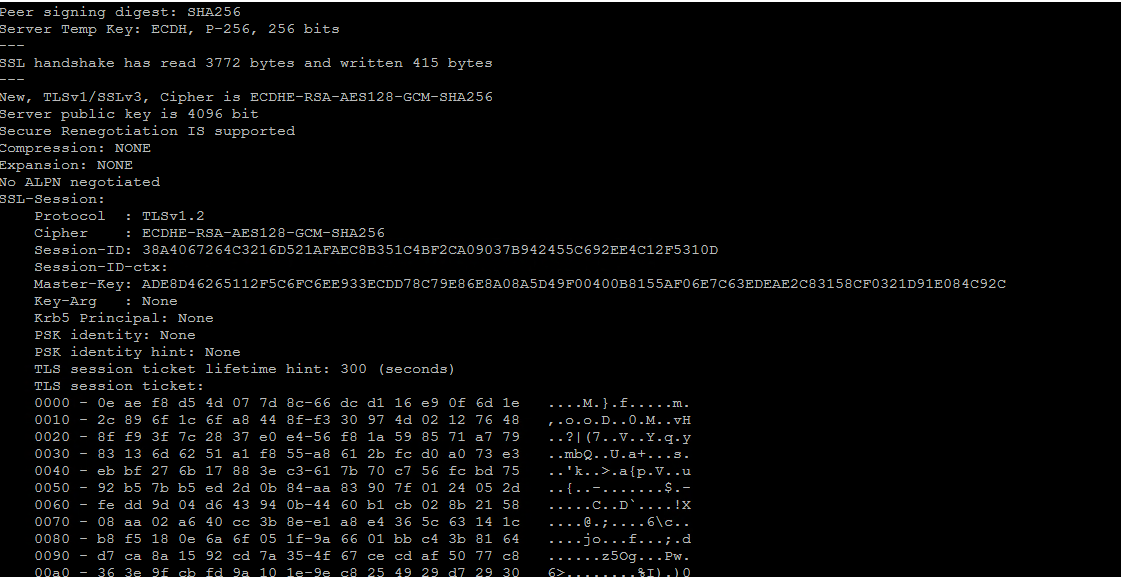

Configure TLS in a Phone Security Profile.Configure TLS in a SIP Trunk Security Profile.If you have the LDAP directory synchronizationĬonfigured with this template, you can provision phones with security through the LDAP sync. TLS-enabled profile that you created to a phone.Īdd Secure Phone Profile to a Universal Device Template.Īssign a TLS-enabled phone security profile to a universal device template. You can use the secure trunk to connect resources, such asĬonfigure TLS in a Phone Security Profile.Ĭonnections to a phone security profile. TLS-enabled SIP trunk security profile to a SIP trunk to allow the trunk to You can also use the secure trunk to add TLS connections to devices, such as Trunks that use this profile use TLS for signaling. Version of TLS, reconfigure the system to use TLS 1.1 or 1.2.Ĭonfigure the TLS cipher options that Unified Communications Manager supports.Ĭonfigure TLS in a SIP Trunk Security Profile.Ĭonnections to a SIP Trunk. Procedureīy default, Unified Communications Manager supports a minimum TLS version of 1.0. Services, Release 9.x supports TLS 1.0 only.Ĭomplete the following tasks to configure Unified Communications Manager for TLS connections. For example, Unified Communications Manager and IM and Presence Support the higher version of TLS before you configure it. If you are upgrading from an earlier release of Unified Communications Manager, make sure that all your devices and applications Prime Collaboration Assurance, and Prime Collaboration Provisioning.
TLS VERSIONS CHECK UPGRADE
If theyĭo not meet this requirement, upgrade those products:Ĭlient Control Protocol (SCCP) Conference BridgeĪble to upgrade conference bridges, Media Termination Point (MTP), Xcoder, If you have any of the following products deployed, confirm that they meet the minimum TLS requirement. Systems, devices, and processes to prevent access to the voice domain.īefore you configure the minimum TLS version, make sure that your network devices and applications both support the TLS version.Īlso, make sure that they are enabled for TLS that you want to configure with Unified Communications Manager and IM and Presence TLS secures and controls connections among Unified Communications Manager-controlled Using secure ports and certificate exchange. Transport Layer Security (TLS) provides secure and reliable signaling and data transfer between two systems or devices, by Cisco Unified Mobility Advantage Server Security Profile Setup.Digest Authentication Setup for SIP Trunks.Encryption Setup for Gateways and Trunks.Secure Survivable Remote Site Telephony (SRST) Reference.Security for SRST References, Trunks, and Gateways.

Authentication and Encryption Setup for CTI, JTAPI, and TAPI.Cisco CTI, JTAPI, and TAPI Application Security.Virtual Private Networks for Cisco Unified IP Phones.Secure Call Monitoring and Recording Setup.Encrypted Phone Configuration File Setup.Secure and Nonsecure Indication Tone Setup.Security for Cisco IP Phone and Cisco Voice-Messaging Ports.Hypertext Transfer Protocol Over Secure Sockets Layer (HTTPS).Look for the Technical details section. This will describe the version of TLS or SSL used.In the address bar, click the icon to the left of the URL.This will describe the version of TLS or SSL used. Select More tools > Developer tools > Security.Click on the ellipsis located on the top-right in the browser.This will describe the version of TLS or SSL used. In the new window, look for the Connection section.Right-click the page or select the Page drop-down menu, and select Properties.Enter the URL you wish to check in the browser.
TLS VERSIONS CHECK HOW TO
How to find the Cipher in Internet Explorer Using a browser to open an HTTPS page and check the certificate properties to find the type of Cipher used to encrypt the connection.


 0 kommentar(er)
0 kommentar(er)
